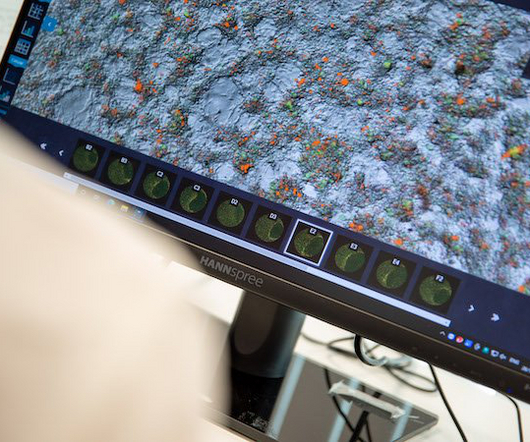Leading innovators in gene splicing using nucleases for the pharmaceutical industry
Pharmaceutical Technology
FEBRUARY 15, 2023
In the last three years alone, there have been over 633,000 patents filed and granted in the pharmaceutical industry, according to GlobalData’s report on Innovation in Pharmaceuticals: Gene splicing using nucleases. They are engineered to cut specific genomic targets in order to modify the expression of single genes and proteins.












Let's personalize your content